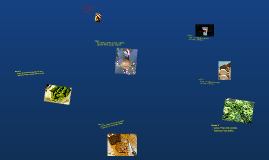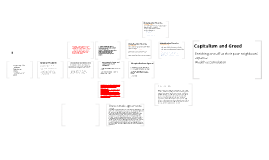H&S PowerPoint
Transcript: BTEC HEALTH & SAFETY IN THE ENGINEERING WORKPLACE 03/06/2020 Accidents must be reported but not reported where the accidents results in a worker being incapacitated for more that three consecutive days. If you are an employer, you must keep an accident boo under the Social Security Regulations 1979, that record will be enough 3 Day OFF Accidents must report where they result in an employee or self-employed person being away from work or unable to perform their normal task, for more than 7 consecutive days, as a result of their injuries. This 7-day period does not include the days of the accident but does include weekends and rest days. The report must be made within 15 days of the accident. 7 Day OFF Purpose of an accident book A company must have more than 10 people working for it in order to have an accident book, it is part of the work procedure for the company. The individual/individuals who are involved in the accident have the right to have the accident written down in the book. The accident must have accurate details of when it happened, and this would become a part of a legal document if it is needed How do you protect employees in the event of an accident? Complete a risk assessment to prevent further accidents . Check if the injured employee requires medical attention. Check if it is necessary to inform HSE fill a RIDDOR report to the HSE, to prevent further accidents Look for patterns, to see if familiar accidetns have occurred previously or to the same employee. Key reasons for reporting: One important reason for reporting accidents and incidents is to allow for medical treatment if necessary and prevent minor injuries becoming worse or to treat life-threatening injuries. As by the RIDDOR (Reporting of injuries, diseases and dangerous occurrences regulations 2013) you are required to report all accidents, near misses or dangerous occurrences in case the HSE would like to investigate the causes of the accident and whether adequate control measures and risk assessments were carried out prior and if not made sure they are next time. The immediate result of an accident may be classified as minor, serious or major however they are still accidents that are causing people to become injured. If not identified or corrected, the same conditions that led to the accident/incident are still there and need to be removed as per the Hierarchy of Controls to prevent further accidents and incidents. How to Report an inccident How to Report an inccident Methods of Reporting accidents: Report and record using the form on the HSE website Accident forms should be kept with the accident book. Fill out a RIDDOR form or RIDDOR report of details of the accident . Direct costs = Directs costs are ‘insured’ costs that are directly from the accident itself which includes compensation payments and medical costs such as costs for hospital stays and ambulance rides ( non free health care countries) Indirect costs = Indirect costs are ‘uninsured’ additional costs associated with the accident. These involve time away from the job, other workers having to be paid to look after injured staff, equipment losses and overtime payments for staff DIRECT AND INDIRECT COSTS OF ACCIDENTS Definitions 4 1 Definitions 3 2 DANGEROUS OCCURENCES An occurrence where no person is hurt which had the potential to cause serious injury, incapacity or death NEAR MISS An inadvertent event that did not result in injury, illness or damage- but still had the possibility to do so. ACCIDENT Any unplanned event that resulted in grievances or illness of people, or damage or loss to property, plant material or the environment or a forfeiture of business opportunity INCIDENT An unpremeditated event that disrupts normal operations Statistical data Common injuries Under the Occupational Safety and Health act of 1970. the employers must provide adequate and regular training on equipment and/or chemical control to each employee it concerns who should provide training

















